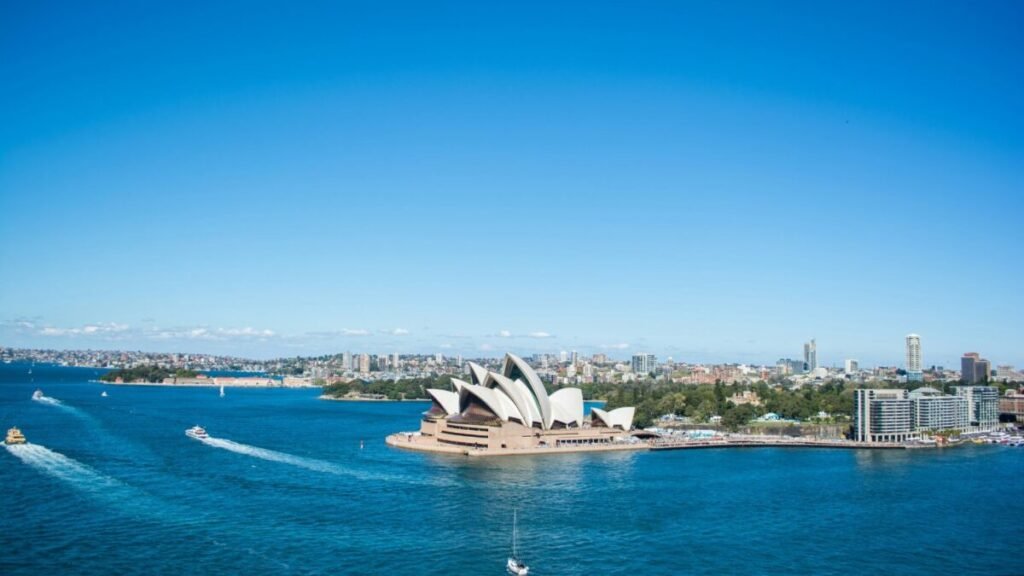New Super Tall Building to Challenge Oceania Skies and Break Construction Records.

For nearly two decades, a prominent structure has loomed over the South Pacific skyline. Its sleek white design, inspired by sails and Olympic torches, has served as a symbol of both tourism and Australian engineering prowess. However, this reign appears to be coming to an end.
A new architectural marvel is set to rise along the shores of the southern hemisphere, aiming not only to break height records but also to redefine sustainable living among the clouds. Known as The Green Spine, this project aspires to merge nature and architecture in a green spiral reaching 365 meters in height, becoming the new “roof” of Oceania.
The Birth of The Green Spine
The concept for The Green Spine was conceived by the architectural firms UNStudio from the Netherlands and Cox Architecture from Australia. Their vision involves constructing two twisting towers connected by a continuous vertical garden column, symbolizing a new era in skyline design.
With an estimated budget of $1.3 billion, the project is slated for completion by 2029. The main tower is expected to surpass the current tallest building in Oceania, the Q1 Tower on the Gold Coast, by over 40 meters. The facade of The Green Spine will span 5.5 kilometers of vegetation, creating the world’s tallest vertical garden.
The Tower That Breathes
The bioclimatic design of The Green Spine incorporates innovative features such as cross ventilation, double-skin facades, and energy-efficient elevators. These elements are projected to reduce electricity consumption by 30% compared to a conventional skyscraper.
Architects describe The Green Spine as a living structure that adapts to its environment. Ben van Berkel of UNStudio envisions each floor acting as a carbon sink within the building, contributing to its sustainable ecosystem. The complex will offer over 700 residences, offices, a luxury hotel, dining venues, and public spaces.
An Engineering Marvel and Environmental Milestone
The construction of The Green Spine will require substantial resources, including over 40,000 tons of steel and 150,000 cubic meters of concrete. The project’s focus on sustainability aligns with Melbourne’s reputation as the green capital of Oceania, boasting numerous ecological skyscrapers.
While The Green Spine will surpass existing skyscrapers in height, its true impact lies in its environmental commitment and innovative design. As Melbourne embraces this architectural masterpiece, it signals a shift towards a future where sustainability and grandeur go hand in hand.




